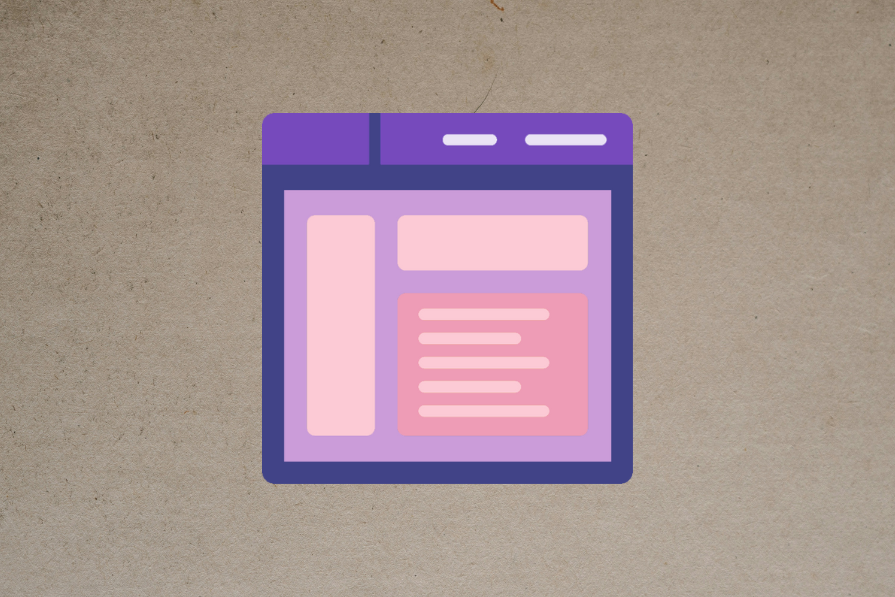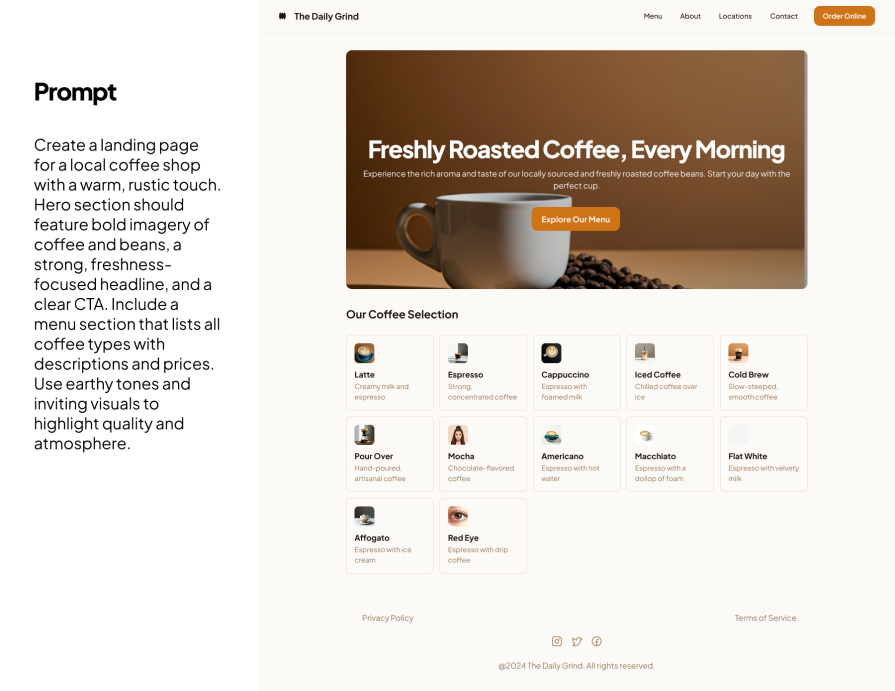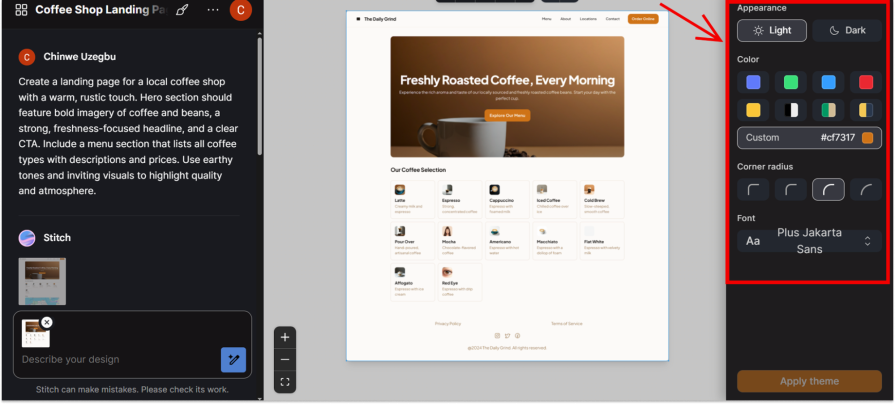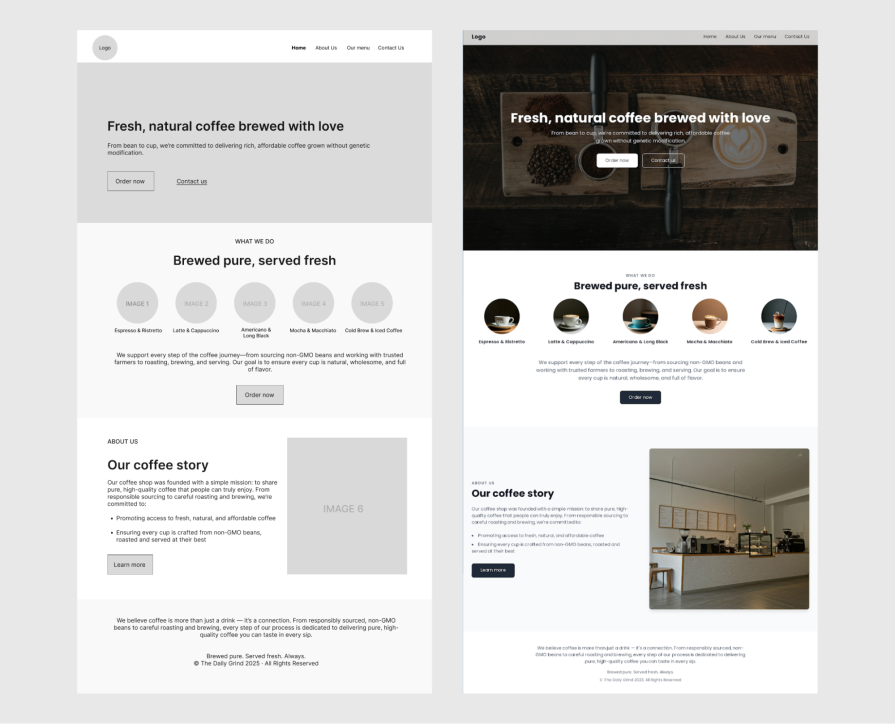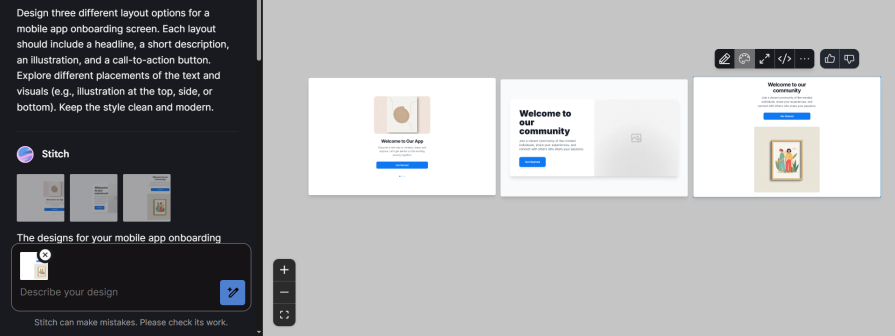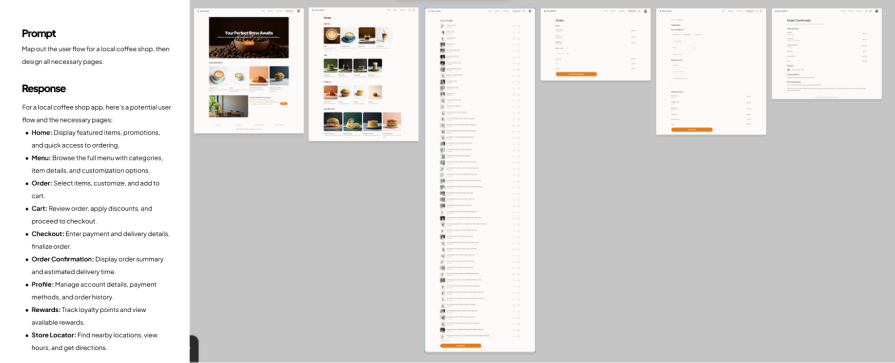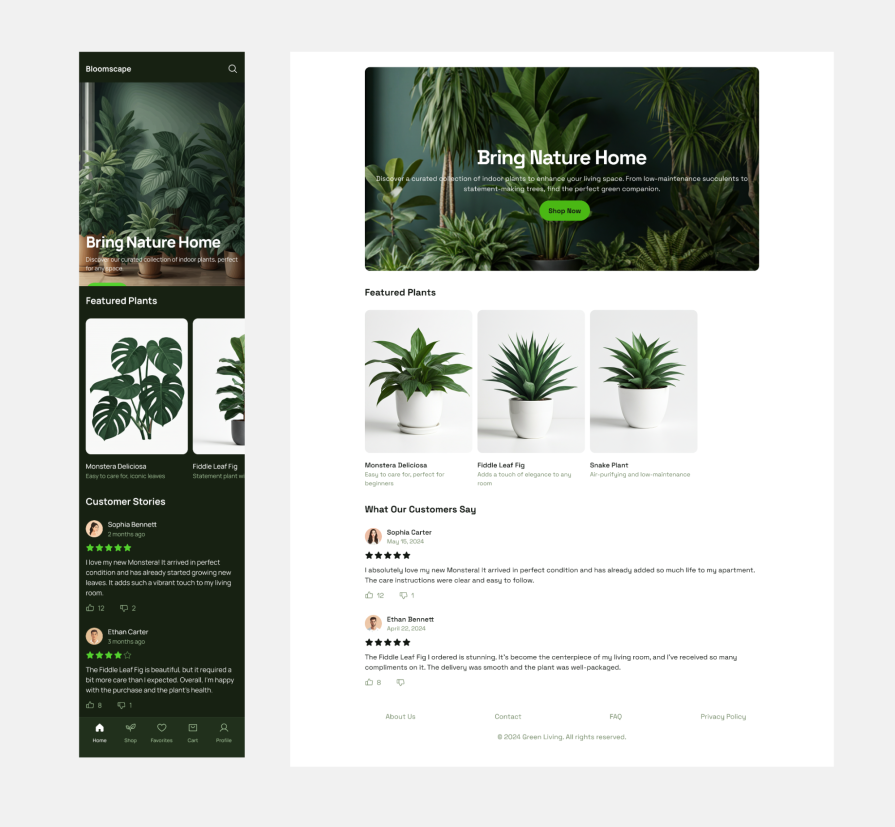I tried Google Stitch. Here’s what I loved (and hated) about it
In May 2025, we witnessed a pivotal moment in the evolution of AI-powered interface design as Google acquired one of the leading tools in the field. Galileo AI, known since 2022 for turbocharging the UI creation process by turning simple text prompts into polished designs, now carries a new name: Google Stitch.
Having used this tool back when it was still Galileo, I wanted to see whether Stitch genuinely improves the design process or just carries a new logo. In this review, I’ll be sharing my take on where Google Stitch truly shines in the design process — and where it still misses the mark.
But before I dive into my assessment of this tool, let’s explore some design use cases for Stitch.
Google Stitch use cases for designers
When it comes to UX design, I see four key use cases for using Google Stitch.
Rapid UI design ideation
Stitch is great for exploring multiple UI design ideas quickly. Say you’re working on a landing page and want to see how different visual styles (warm, playful, or professional) might look. Instead of manually designing each option, you can generate multiple concepts from a simple text prompt, a rough sketch, or an existing wireframe.
When using text prompts, you simply enter a clear description of your product, and you’ll have a high-fidelity design with fully editable components that you can either export directly into Figma or copy as HTML/CSS code and paste into your code editor:
If the initial design doesn’t quite match your vision, you can refine it with follow-up prompts until you have something close enough to what you’re aiming for.
You can also use Stitch’s customization options to fine-tune your design further:
The process is just as simple when you’re creating a design from a rough sketch or wireframe. You just need to upload your file and prompt the AI to generate high-fidelity designs from it. Keep in mind, though, that designs generated this way can’t be exported directly to Figma; you’ll only be able to copy the HTML/CSS code:
Design exploration
Another cool thing you can use this tool for is exploring multiple design layouts. Stitch can generate different arrangements of text, images, and buttons for the same screen/page to give you a clear sense of how each variation might look before committing to a final design:
Mapping user flows
Stitch helps give you a strong head start by mapping out the screens or pages a user would go through to accomplish their goal, and even generating the corresponding designs. Of course, you’ll still need to refine the flow to account for all the specific nuances of your product, but it’s definitely a good sparring partner for mapping user flows:
Multi-platform design
Although many AI-powered design tools now offer this capability, it’s still worth mentioning that Stitch can generate both mobile and web versions of a design. If you’d like a comprehensive walkthrough of mobile/web design with Stitch, check out this detailed Stitch tutorial:
What’s changed since Galileo AI became Stitch?
Now, you’ve probably been wondering if anything has really changed since Google acquired this tool. The short answer is yes, and below you’ll find the key updates worth noting.
Pricing
Back when this tool was still Galileo, users paid as much as $39 per month for around 300 design generations and edits. However, since evolving into Stitch, it’s been made completely free, with even more generous features. You now get up to 350 generations per month in Standard mode and 50 generations per month in Experimental mode.
Better performance with two modes
The new Google Stitch offers more advanced features with two distinct modes, each powered by a different Gemini model:
- Standard mode, powered by Gemini 2.5 Flash, focuses on speed and allows you to:
- Quickly generate and edit designs from text prompts
- Export your designs to Figma or copy as HTML/CSS code
- Experimental mode, powered by Gemini 2.5 Pro, focuses on deeper reasoning and produces more refined designs. It allows you to:
- Generate UI designs from both text prompts and images
- Export designs as HTML/CSS code
Code export
While Galileo only allowed users to export designs as Figma frames, Stitch goes a step further by supporting HTML/CSS code export. This means you can quickly move from design to implementation by copying clean, ready-to-use code into your development environment.
What does Google Stitch excel at?
One of Stitch’s biggest strengths is its ability to interpret prompts intelligently. Instead of just matching keywords, it reasons the intent behind your request, enabling it to turn vague directions into well-thought-out layouts and even flows.
Say you enter a simple text prompt like, “Map out the user flow for a local coffee shop, then design all necessary pages,” it can map the key touchpoints in the user journey (e.g., homepage → menu → cart → checkout) and generate the corresponding pages. It’ll also align the visual style and layout with what’s typically expected in that domain.
This smart interpretation isn’t just limited to text prompts. You can upload a rough wireframe sketch, and Stitch would intelligently transform it into high-fidelity designs that preserve the original intent while adding visual style and clarity.
Where does Google Stitch fall short?
Despite the improvements, Stitch still has quite a few shortcomings that make it more of a sparring partner than an actual replacement for designers.
Lack of accessibility
Given the level of intelligent reasoning built into Gemini 2.5, you’d expect compliance with WCAG guidelines to be a given. However, many of the designs I generated with Stitch struggled to meet even the most basic accessibility requirements, such as a color contrast and touch target sizes. So, if you’re using Stitch, you’ll need to review and adjust the output to ensure the final product is truly accessible.
Similar-looking designs
Although Stitch interprets prompts intelligently, its outputs often default to a limited set of layout structures. This over-reliance on familiar patterns means many designs end up looking alike, with only minor variations.
Limited cross-platform design functionality
While Stitch can generate designs for both mobile and web platforms, it doesn’t yet offer the level of cross-platform flexibility needed for a seamless user experience. The tool’s current limitation to static, non-responsive layouts means you have to manually adapt components, adjust spacing, and refine breakpoints to ensure designs work smoothly across different screen sizes and devices.
Do these limitations mean Stitch falls behind other AI-powered design tools? Not quite—it just comes down to what matters most to you. To help you weigh it up, here’s a head-to-head comparison with Uizard, one of the most popular AI design tools today.
How Google Stitch compares to Uizard
The following chart unpacks how Google Stitch differs from Uizard (its key competitor):
| Google Stitch | Uizard | |
| Core functionality | An AI-powered tool that lets you turn text prompts and images into UI designs and front-end code (HTML/CSS) for both mobile and web platforms. It’s great for speeding up ideation and bridging design-to-development workflows | An AI-powered tool that lets you turn text prompts, sketches, or screenshots into mockups, prototypes, and front-end code. It’s great for generating designs and prototypes without advanced design skills |
| Input flexibility | Text prompts, images, sketches | Text prompts, images, sketches, screenshots |
| Export and output | Exports as editable Figma frames or front-end code (HTML/CSS) | Exports as static screens or full code (HTML, CSS, React) with developer handoff |
| Pricing | Free with a monthly limit (350 AI generations in Flash mode and 50 AI generations in Experimental mode) | Free: Three AI generations/month
Pro ($12/month): 500 AI generations/month Business ($39/month): 5,000 AI generations/month |
So will Stitch replace designers?
For now, the answer is clearly no. At the time of writing this review, using Stitch independently of a designer’s input or expertise will almost certainly result in a product riddled with usability issues.
That said, it would be short-sighted to dismiss it as just another short-lived hype. Remember, Stitch is still in beta and continues to improve rapidly. With its intelligent reasoning and integration with Gemini models, it’s evolving at a pace that could make it a far more capable partner in the design process.
Whether it’ll eventually become advanced enough to compete with, or even replace, experienced designers remains to be seen. But one thing is certain: AI-powered tools like Stitch are reshaping the future of design, and as a designer, you shouldn’t ignore them.
The post I tried Google Stitch. Here’s what I loved (and hated) about it appeared first on LogRocket Blog.
This post first appeared on Read More


